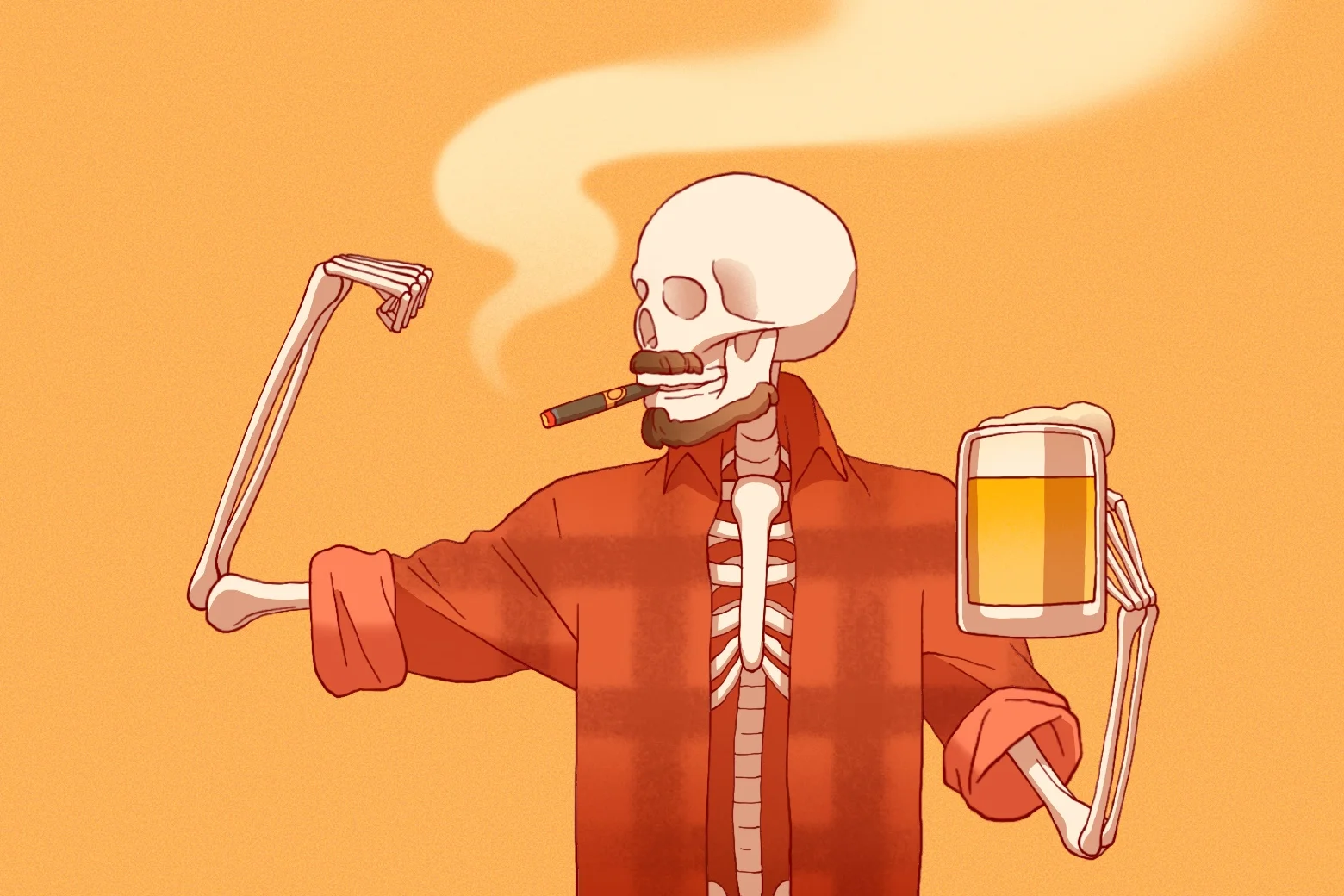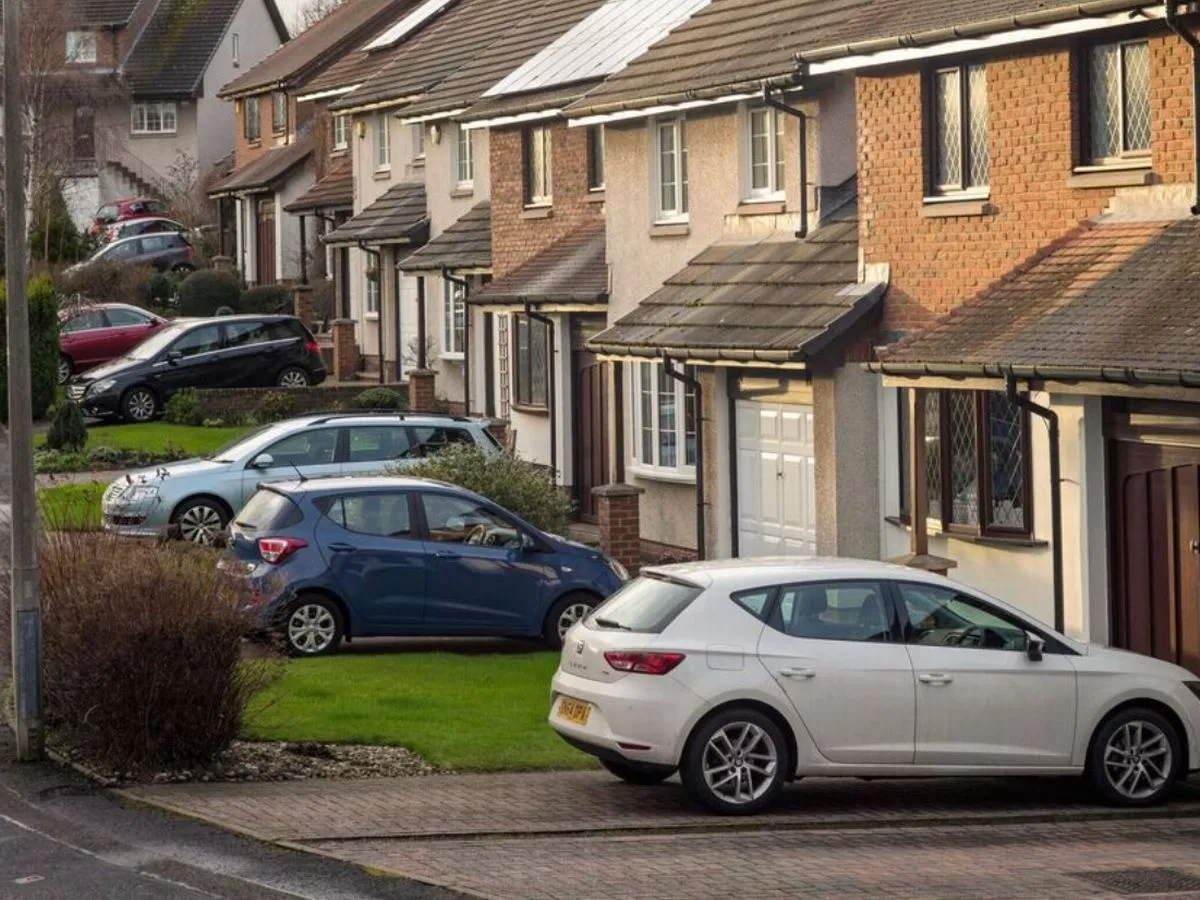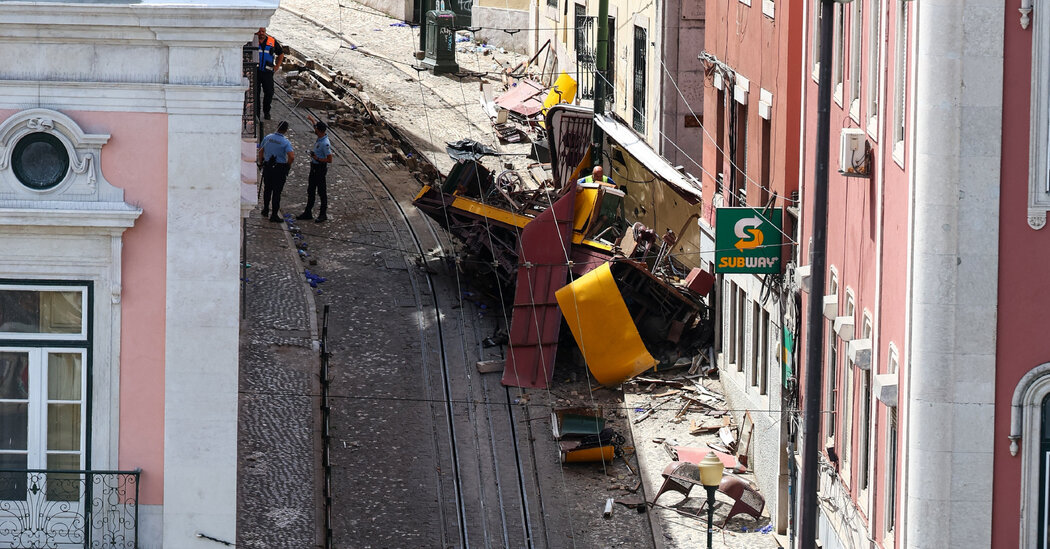Copyright Slate

Sign up for the Slatest to get the most insightful analysis, criticism, and advice out there, delivered to your inbox daily. The Home Depot’s 12-foot skeleton gets all the attention, but really, he’s just one example of the surprisingly diverse assortment of skeletal curios available in the Halloween décor marketplace. This year alone, stores are also selling an alien skeleton, a two-headed skeleton, a set of skeletons on a seesaw, and an orange skeleton with a pumpkin for a head, just to name a few. It seems like you can find just about anything in skeleton decoration form these days—unless you happen to be a woman looking for a skeleton that more closely resembles the one inside of you. To be clear, you can easily buy a skeleton dressed like a schoolgirl, or a mermaid skeleton (-maid, that means girl, right?), but those, as far as I can tell, are just normal skeletons that have been dressed in schoolgirl drag or had a tail attached to them. And a normal skeleton—the thing most of us picture when we picture a skeleton—is, I’m increasingly convinced, more often than not going to be a male skeleton. This is something that gradually dawned on me this Halloween season, as skeletons began to populate the stoops around my neighborhood and I thought about something a yoga teacher I was interviewing for a story once introduced me to: the concept of skeletal variety. Everyone imagines their own skeleton looking like one of those life-size models from middle-school biology class, but this teacher cautioned that I should dispense with the idea that mine looked like that, because we’re all different but also because the model was probably based on a man. At the time, I applied this to explaining why I might never be able to do certain poses, no matter how much I stretched, but now it occurred to me to apply it to Halloween decorations. They, too, were failing to depict life’s rich tapestry of human shapes and sizes and probably perpetuating all manner of unrealistic body standards. (Where were the big-boned skeletons?) And if classroom skeleton models were almost always male, did that mean decorative skeletons were too? Experts will tell you that your average piece of skeleton décor might not represent a particular sex, technically speaking. But when it does, it’s probably a male. “When you’re talking about straight-up Halloween skeletons, a lot of them are not anatomically correct enough to be one way or the other,” said B.J. Winslow, who, along with his wife, Eileen Winslow, owns Dapper Cadaver, a Madison, Wisconsin, store that supplies realistic-looking skeletons and other props to film and television productions and horror enthusiasts. Even so, these decorations’ pelvises tell a different story and out many of them as male, or leaning toward male. As B.J. explained, decorative skeletons’ middles tend to be more “vertically aligned” than the more “horizontally aligned” pelvises that women have. Maybe there’s even a case to be made that depicting a female pelvis is more of a design challenge: “I mean, I do think there’s a manufacturing thing to it,” B.J. said, though his wife seemed skeptical. The male pelvis could be easier to mass-produce because “it doesn’t have to support the weight of the legs.” Some of the differences between male and female pelvises are best observed in 3D, so you can see, for example, the position of the tailbone from above, but seeing as many Halloween decorations are 2D only, it starts to make more sense that you can’t always tell what sex they are. I also consulted Michelle Tabencki, an anthropologist at Bone Clones, a California company that creates “teaching skeletal casts,” aka highly accurate resin replicas of skeletons. I asked Tabencki to pull up a picture of Skelly, which is the 12-foot skeleton’s nickname, and guess its sex. “It looks like he’s got kind of a really thick or big mandible that’s usually associated with being male, but not all the time,” she started, getting around to the other area, besides general size, where male and female skeletal differences are thought to be most pronounced. “And that pelvis, I couldn’t tell you, that’s a big blob. So it’s just a skeleton. We’re not going to give it a sex at all. I think they’re just trying to make it look scary.” So officially, most of the skeletons we see are neither male nor female. But come on. You know in your bones that they’re male, in a way that transcends anatomy. For most of us, the average unadorned skeleton, perhaps encountered at a store or in front of a neighbor’s house, reads as a dude. If a need for pronouns concerning one arises, you’re probably gonna reach for he/him. Skeletor? Guy. Those dancing skeletons from the Disney cartoon? Guys. The “Admin” of “da share Z0ne,” whose memes are all over social media? Guy. So, conveniently for me, it hardly matters, though I suppose I do have to get around to mentioning at some point that male and female human skeletons don’t look that different from each other, apart from the differences I’ve already mentioned, and that determining the sex of a skeleton from its bones alone is an imperfect science. Put all that aside! Skelas are fellas, for the same reason that crash-test dummies always used to be male, or that we’ve never had a female president: centuries of norms that have reinforced the belief that men are the rule and women and others the exception to it. And you might say I have a bone to pick with that. There aren’t a lot of other people in these trenches asking why we can’t have girl skeletons, but I was pleased to discover that there’s at least one. In 2019, a then-recent Stanford philosophy grad named Katie Hughes wrote a Medium post about this very topic. In her post, Hughes, who is now teaching science at Griffith Observatory in Los Angeles, discussed a new-to-me meme called, I regret to report, “Bone Tiddies.” It consists of an image of two skeletons sitting next to each other, but, importantly, “one has bones shaped like breasts,” as Know Your Meme put it. This was an image that went out of its way to make sure the viewer knew that one of the skeletons in it was female, that these weren’t gay skeletons. It “made me think about the ways in which women are never the default characters,” Hughes said, thinking back to when she first encountered it. “We’re always somehow the other.” I told her that it reminded me of something I’d read about a disagreement that Raphael Bob-Waksberg, the creator of the cartoon BoJack Horseman, once had with the show’s production designer, the artist Lisa Hanawalt. When she wanted two characters who were part of a sight gag to be female, Bob-Waksberg argued that it added a needlessly confusing layer to the joke. But there’s no reason a slobbering dog you see for two seconds in a cartoon shouldn’t be female. And there’s no reason a skeleton can’t be, either. Or as Hughes reflected back to me, “There’s the famous tweet that’s like, ‘I never even considered that Dr. Pepper could be a woman. Maybe I’m a bad person.’ ” (When I asked her how she happened to start thinking about all this in the first place, she answered, “I’m goth, so I’m always thinking about skeletons.”) As far as feminist issues go, I understand that advocating for more female skeleton representation in Halloween decorations is about as high-priority as pushing for more female guards in fascist camps. Though it’s worth mentioning: It’s not just decorations. The skeletal models in classrooms and doctors’ offices are, as that yoga teacher once suggested to me, also more likely to be male. The aforementioned Bone Clones is in the business of making museum-quality skeletal replicas, which they sell to places like, yes, museums, as well as medical schools. Each one is based on a specific actual skeleton. Tabencki told me the company sells slightly more male skeletons than female ones, but they’re not meant to be representative of skeletons in general. Meanwhile, the skeletons Dapper Cadaver sells are what the Winslows referred to as “medical skeletons.” Despite the name, they’re a notch down in quality from what medical schools likely use when they’re really going deep on osteology, but suitable for stuff like movies and haunted houses, Eileen said. As far as she knows, there is no such thing as a female version of a medical skeleton. “If you want a female skeleton, then you really need to go for the full museum-quality,” she said. She wishes that weren’t the case. “Women are 50 percent of the population.” In the absence of one, she and her husband sometimes have to get creative. If a crime TV show wants a female skeleton, they might use one of their medical skeletons with a smaller frame and swap in a female museum-quality skull, Eileen said. Unfortunately, it’s not feasible to swap out the pelvis. “That is where everything connects,” B.J. said. Is making sure the bones of victims on TV shows are the right sex or that more than one sex is represented in spooky yard decorations that important, in the grand scheme of things? Most of the time, no one will notice if a skeleton is the wrong sex, or if they do, it won’t matter. But just because we’ve always only had male skeletons doesn’t mean that we should continue to only have male skeletons indefinitely, right? There are so many more pressing issues than this, and yet: We can’t even get female skeletons in classrooms? On Law & Order?! In a world full of intractable problems, this is the rare one with a clear solution: Won’t somebody step up and start making some lady skeletons? When I asked Hughes, my comrade in the skeleton girl-power cause, what she’d like to see in the way of female skeleton representation, she pointed to how skeletons are sometimes represented in Hispanic culture. “It’s fully gendered in both directions,” she said. The men often have mustaches and sombreros, and the women have makeup. “They’re making everyone gendered, which obviously falls into the trap of the gender binary—I’m not saying that every skeleton has to be gendered. But if you are going to make gendering a skeleton part of whatever cultural practice you have, I’d like for there to be a recognition that a default, plain skeleton isn’t always just going to be the man.” I totally agree. I’m not goth, so I’m going to admit that I actually find skeletons kind of scary. I didn’t like thinking about them or looking at pictures of them to write this article, especially not the realistic ones. Still, if I’m ever lucky enough to be scared by a genuinely female-on-purpose skeleton in the wild, I will try to remember to wish her a warm “You go, girl” before I avert my eyes and run away.



